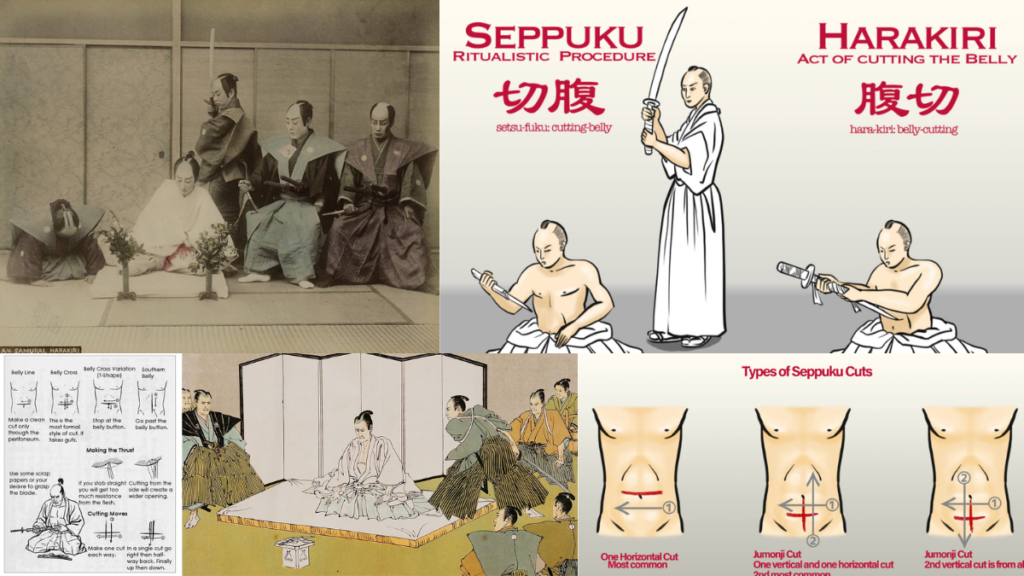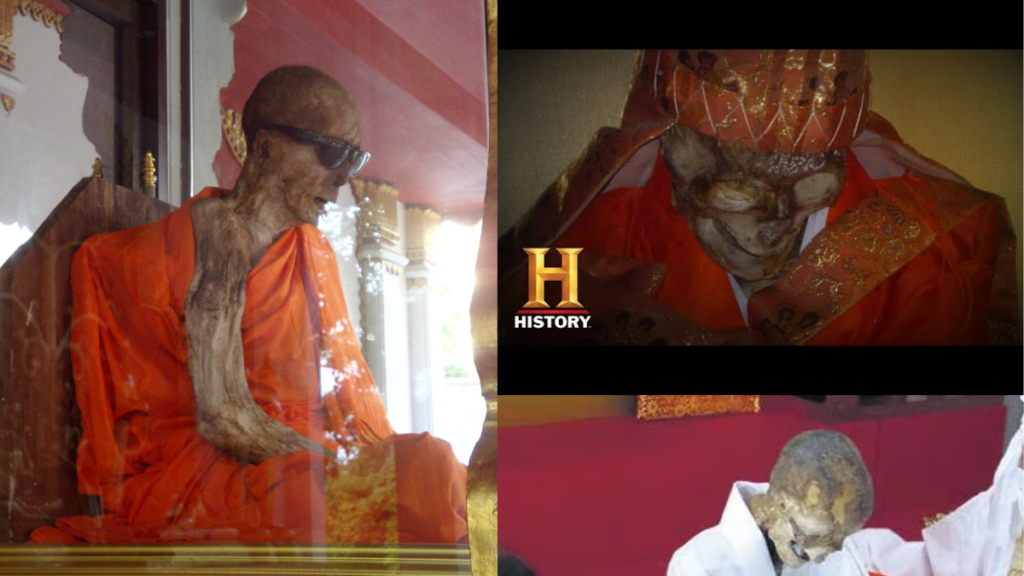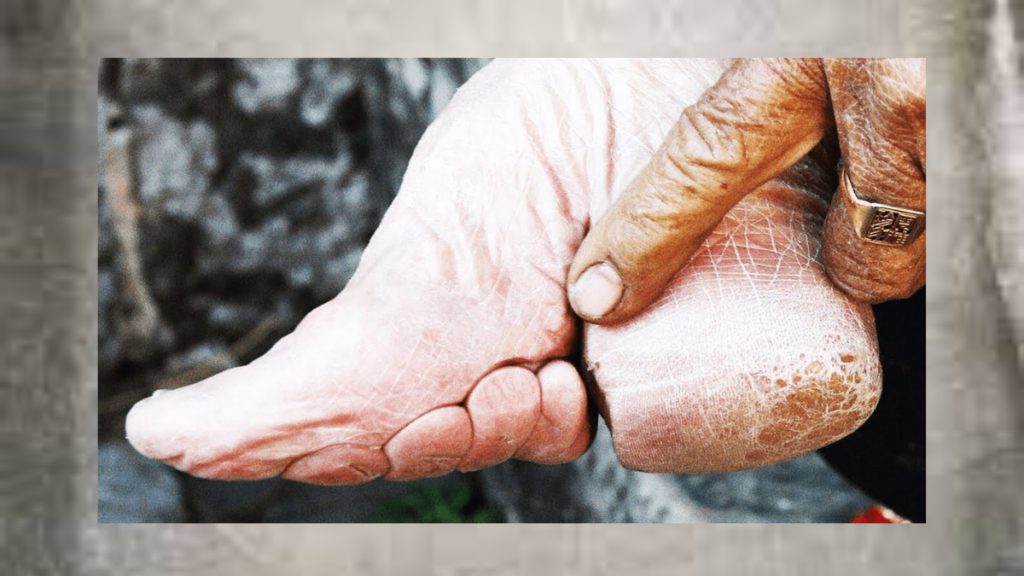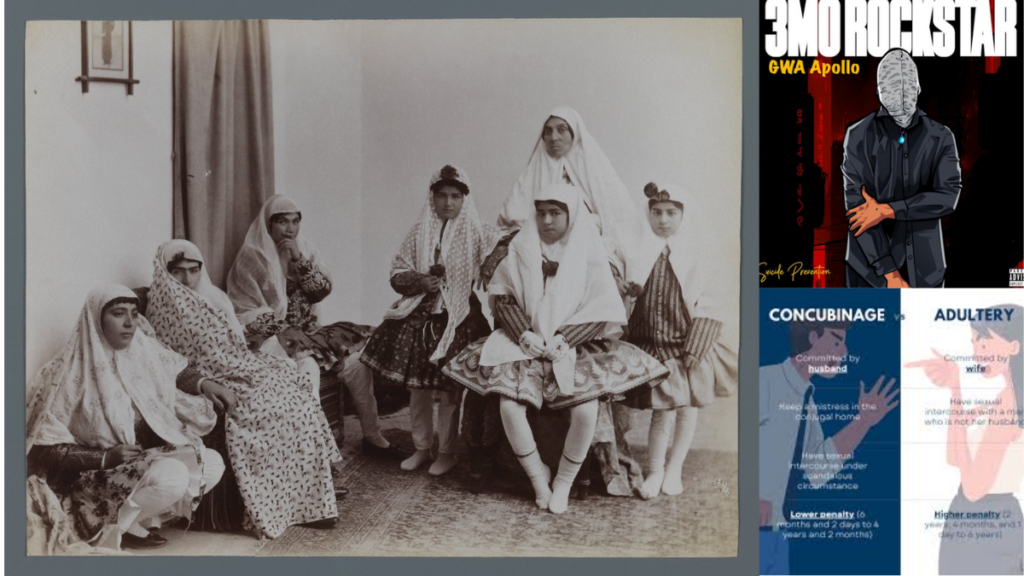Top 10 Bizarre Traditions:

Throughout history, cultures around the world have developed unique and sometimes strange traditions. These practices often reflect deep-seated beliefs, social structures, and historical circumstances. Here are ten of the most bizarre traditions that have been practiced in various societies.
1. Tibetan Sky Burial

Tibetan sky burial is a unique form of burial practiced by Tibetan Buddhists. The tradition involves the dismemberment of the deceased’s body, which is then crushed and mixed with barley flour, tea, and yak butter. The remains are offered to vultures, who consume the entire body. This practice reflects the Buddhist belief in the impermanence of the physical body and the importance of returning it to nature in a way that benefits other living beings.
2. Human Sacrifice

Human sacrifice has been practiced by various cultures throughout history, often as part of religious rituals to appease gods or ensure prosperity. Sacrifices ranged from adults to children, with the belief that the offering of innocent lives would be more potent. Some methods were especially gruesome, such as the burial of vestal virgins in ancient Rome, who were entombed alive. While human sacrifice is now universally condemned, it was once a widespread and deeply ingrained tradition.
3. Seppuku

Seppuku, also known as harakiri, was a ritual suicide performed by samurai in Japan as part of their code of honor. The act involved stabbing oneself in the abdomen and cutting from left to right, followed by beheading by a trusted assistant to prevent prolonged suffering. Seppuku was seen as a way to restore honor after failure or disgrace. The samurai would often compose a death poem before the act, reflecting on life and death.
4. Sati

Sati was a Hindu custom in which a widow was expected to throw herself onto her deceased husband’s funeral pyre, burning alive to join him in death. This practice was especially common among women without children, as they often faced a life of poverty and social isolation after their husband’s death. While sati was outlawed and is now rare, it has not been entirely eradicated and occasionally occurs in remote areas.
5. Eunuchs

Eunuchs were men who were castrated, often at a young age, to serve in specific societal roles, particularly in royal palaces. Castration was sometimes used as punishment, but it also provided opportunities for certain jobs and privileges. Some eunuchs, especially those who served in royal courts, wielded significant power. Others were castrated to maintain their soprano voices for singing, particularly in choirs and operas. The practice persisted for centuries before finally being abolished in the early 20th century.
6. Self-Mummification

The Sokushinbutsu were Buddhist monks in Northern Japan who practiced self-mummification, an extreme form of asceticism. For three years, monks would prepare for death by consuming a special lacquer and following a strict diet and physical regimen to reduce body fat. When they were ready, they would be sealed in a small tomb and remain there until they died. The lacquer they drank helped prevent decomposition, effectively mummifying their bodies. Only a few self-mummified bodies have been discovered and preserved.
7. Foot-Binding

Foot-binding was a painful and harmful custom that originated in China during the 10th century and continued until the early 20th century. Young girls’ feet were tightly bound to prevent them from growing, resulting in small, delicate feet, which were considered a symbol of beauty and status. This practice often led to severe physical deformities and was primarily found in upper-class families where women did not need to perform labor-intensive tasks.
8. Geisha

In Japan, the tradition of geisha involves women who are highly trained in the arts, including dance, music, and conversation. Originally, geishas were not prostitutes but rather skilled entertainers who performed the role of an escort for gentlemen. For many women, becoming a geisha was a way to escape poverty. The rigorous training and discipline required to become a geisha have waned in modern times, but the tradition still holds cultural significance in Japan.
9. Concubinage

Concubinage was a practice where a man of higher status would take a concubine, a woman who held a quasi-matrimonial position lower in status than his wife or wives. This arrangement provided economic security for the concubine, although it often placed her in a subservient position. In some cultures, concubinage involved elements of sexual slavery, but in others, it was a voluntary arrangement that offered protection and status in a patriarchal society.
10. Dueling

Dueling was a common practice in Western societies, where two men would face off in an open field, often over matters of honor or principle. The participants, armed with pistols or swords, would engage in a life-threatening confrontation, with each risking their life to defend their reputation. Refusing a duel was seen as dishonorable, and although dueling was eventually condemned by Christian religions due to its lethal nature, it remained a prominent tradition for centuries.


